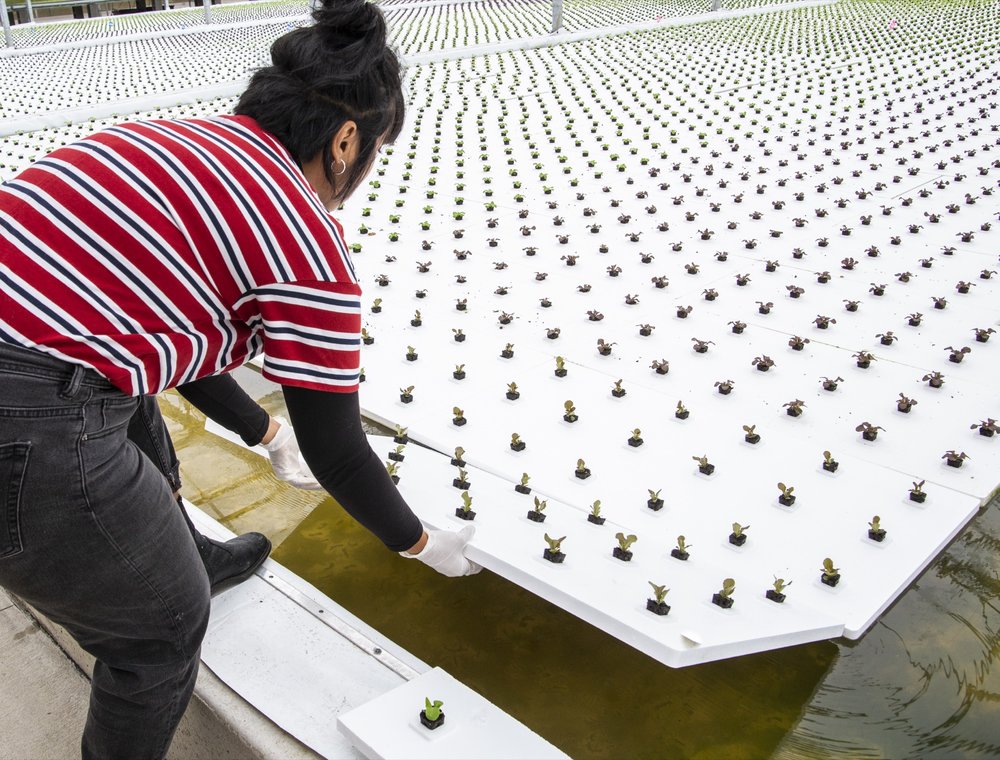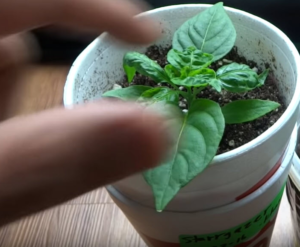
Homegrown hydroponics is no longer a part of a sub-culture – it is now the fastest-growing sector of agriculture which may eventually dominate how we grow food in the future.
Hydronics is a technology that allows plans to grow in nutrient-enriched water with artificial lighting and heating. You don’t have to water or weed, and you literally control everything that goes into the plant. No pesticides to poison your health and no need for manure, so there’s no worry about E. coli in lettuce.
The plants need different nutrients at different times of the year, with hydroponics you can quickly adjust the nutrients being used to get the most out of each and every plant. Using an average of 10 percent of the water required for an outdoor garden, hydroponics is making its way into our homes and our lives.
From home units to commercial production, hydroponically grown vegetables, herbs, and fruits are entering our food chain. On the commercial side, one Michigan farm (Revolution Farms) is producing about half a million pounds of lettuce each year on just one acre of land. Revolution Farms grows lettuce 350 days a year, picked at its’ peakedness for local stores, and more nutrient-dense than plants shipped cross country.
In homes, we find a variety of systems from DIY systems such as Mason Jar Hydroponics made from stuff from your home to easy setup and use countertop AeroGarden Harvest units. Fresh vegetables and herbs year-round picked off the plant when you need it.
 Over the past 20 years, there has been a tremendous movement to locally grown foods and an interest in knowing where food comes from. Homegrown hydroponics is filling that need, with simple ready-made or DIY systems. With a projected market growth rate of 11.31% by the year 2025 – even Elementary School students are getting involved.
Over the past 20 years, there has been a tremendous movement to locally grown foods and an interest in knowing where food comes from. Homegrown hydroponics is filling that need, with simple ready-made or DIY systems. With a projected market growth rate of 11.31% by the year 2025 – even Elementary School students are getting involved.
Want to know more about how to add this wonderfully healthy food into your diet? Visit a local hydroponic store like the one we have in Virginia Beach, I love Hydroponics or check out our posts. Drop us a line if you have any questions – looking forward to your comments.
“It used to be hydroponics was just a nod, nod, wink, wink, word for pot growing. Now it is accepted by consumers as a preferred method of growing high-quality food.”
– Michael R. Christian, Founder of American Hydroponics

Very good question Root Rot comes not from the water but is caused by pathogens. Starting with a sanitized system and proper aeration (air pump with an aeration stone – bubbling in the water)the chance of root rot can be lessened since the air in the water allows the root to open up to take in nutrients. If the roots are turning brown and becoming slimly you need to trim, the dead roots, drain and completely clean the hydroponic system. Here is a good post on the subject that should be of help https://www.nosoilsolutions.com/save-hydroponic-plant-root-rot/.
An interesting take on alternative gardening. With the loss of nutrients from topsoil through intensive farming and runoff into streams and rivers, hydroponics seems like a viable alternative to field-grown plants.
I didn’t realize that there were units available for the home for growing plants this way.
What about rot setting into plants that are in water for too long? I’ve seen that happen when I’ve tried to keep plants alive in water rather than potting them up.